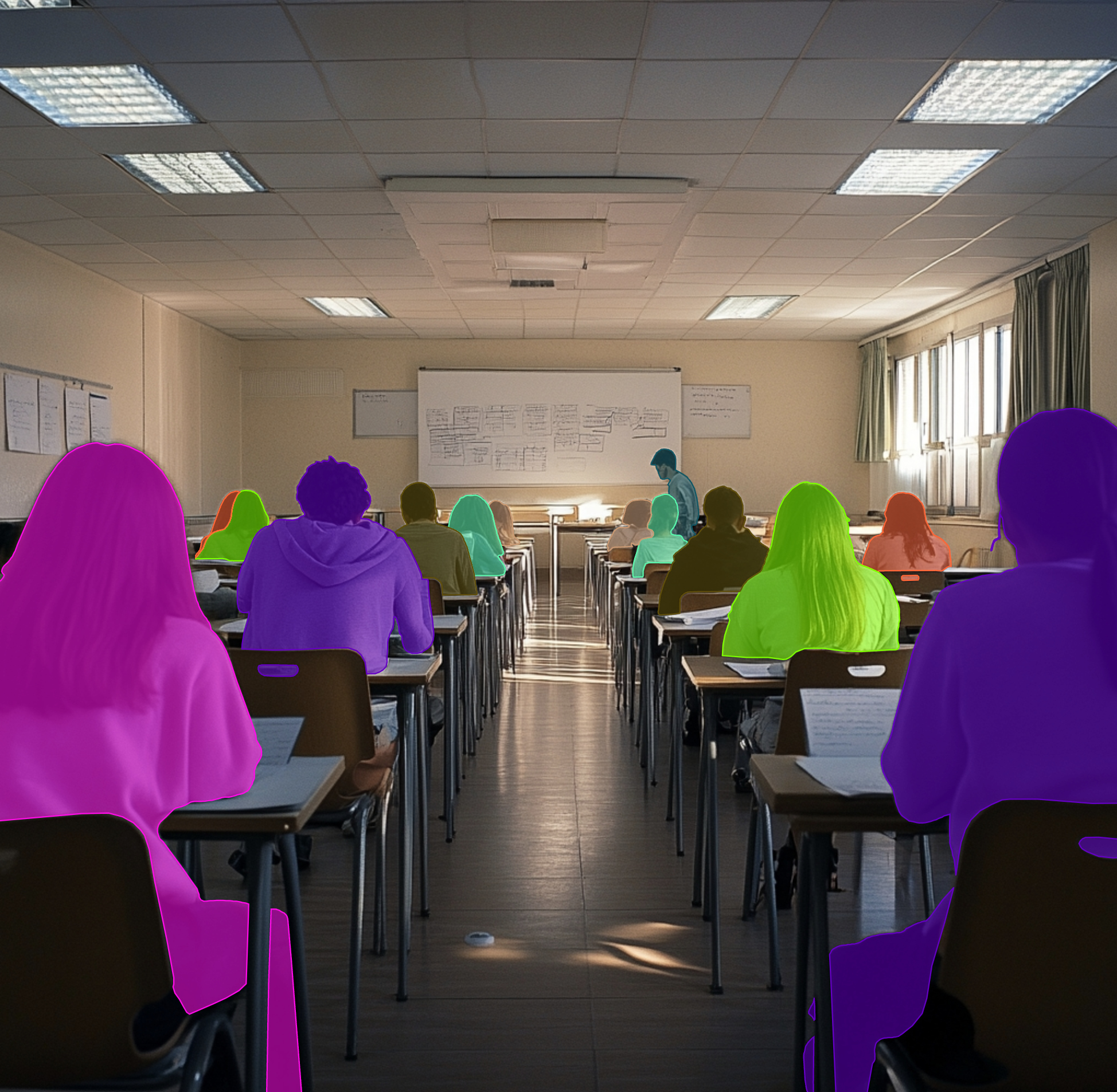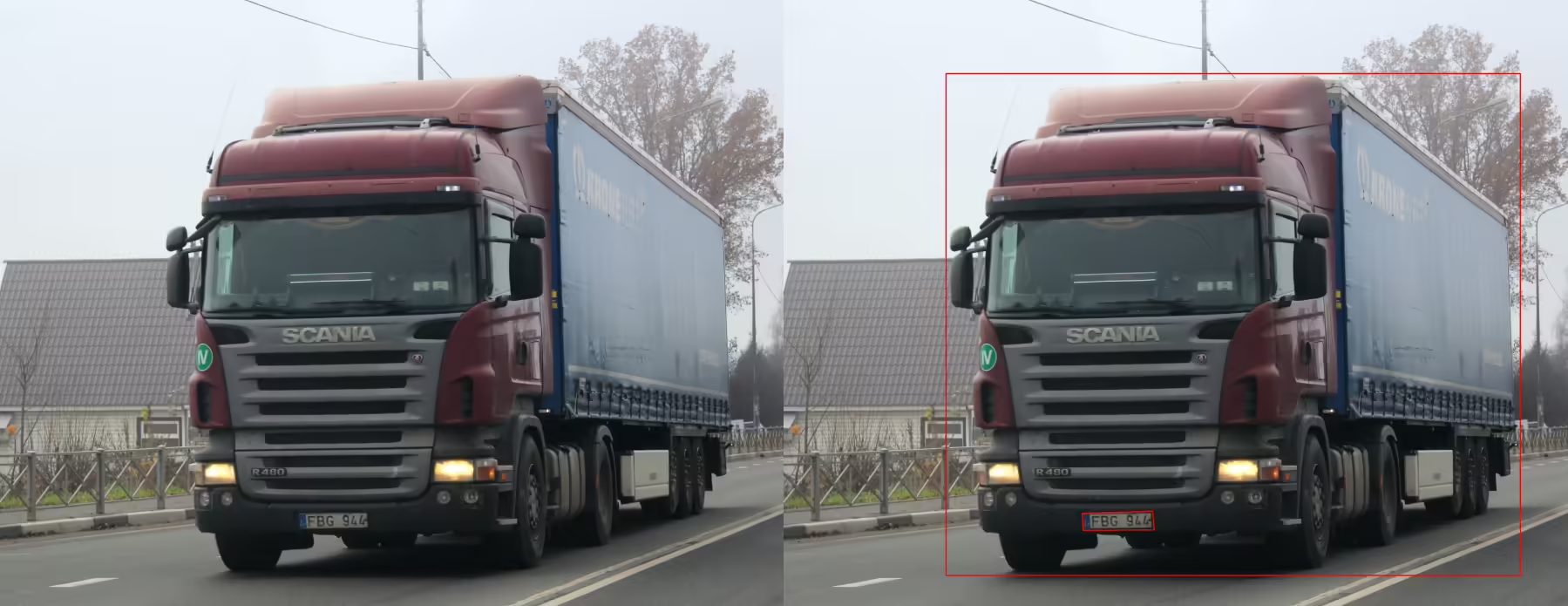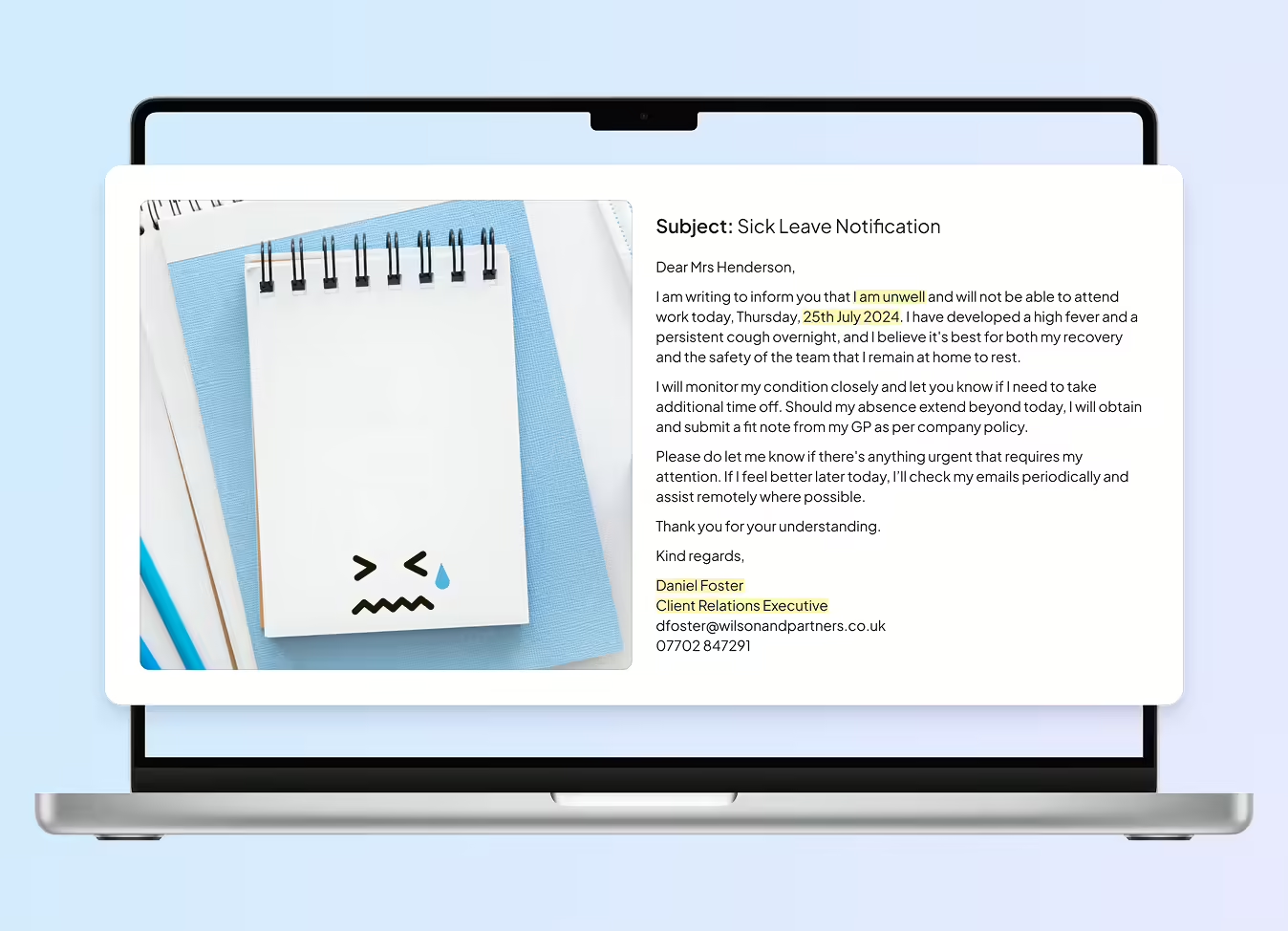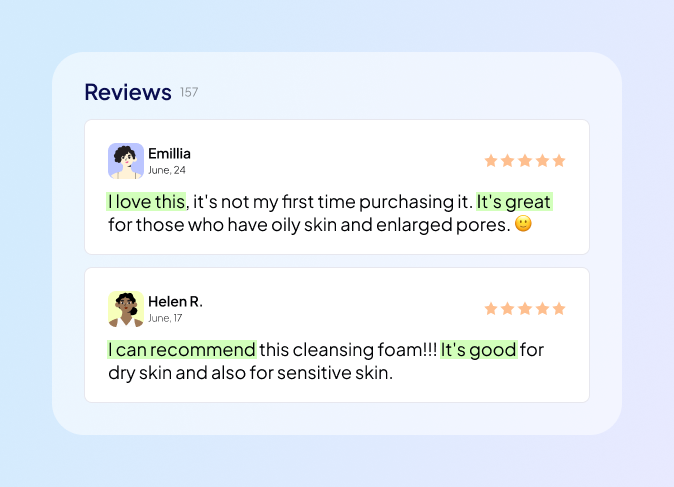Task
An education technology company approached us with a request to annotate a dataset of human poses captured during exam sessions. The goal was to train machine learning models that could automatically detect students’ body positions and movement patterns in real time, helping identify suspicious behavior such as looking away from the screen, leaning towards neighbors, or leaving the frame.
The main objectives were:
- Accurate annotation of 6000 images with human pose keypoints.
- Model training support: provide training data for ML algorithms to recognize poses in various scenarios — different angles, lighting, occlusions, and group settings.
- Short turnaround time to align with the client’s internal development cycle.
Solution
-
- 01
-
Iterative Annotation Workflow
We structured the project into three iterative batches of 2000 images. The first batch was manually annotated by our expert team to establish baseline quality and provide the client with a reference dataset.
The client then used this baseline to apply pre-annotation via their internal tools for the next batches, which we reviewed, corrected, and finalized. This reduced annotation time by up to 40% in subsequent stages and ensured consistency throughout the dataset.
-
- 02
-
Handling Complex Poses in Crowded Settings
Many images featured multiple individuals in a single frame, often seated close together with overlapping limbs and furniture. We developed strict internal guidelines to handle:
- Body part occlusion
- Crossed limbs and overlapping keypoints
Variations in posture (e.g., slouched, turned, or partially out of frame)
This ensured high granularity and precision in point placement, which was essential for downstream model training. -
- 03
-
Team Training and Domain Immersion
To meet the project’s high accuracy requirements, our annotation team underwent specialized training, including:
- Studying anatomical diagrams and pose modeling references
- Watching client-provided exam footage for context
- Aligning on edge cases via weekly QA review sessions
This preparation enabled the team to better identify and annotate subtleties in human posture and movement.
Results
6000 images annotated within 3 months, including verification and correction cycles
Each batch of 2000 images delivered on time, supporting the client’s agile development timeline
The high-quality dataset led to a measurable improvement in the client’s pose detection model accuracy, contributing to more effective and automated exam monitoring
